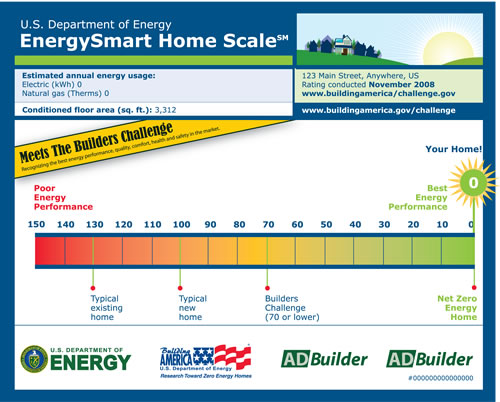We’ve been talking about our experience in creating a zero net energy home lately. If you find yourself a little confused over what this means or are interested in learning how a zero net energy home can benefit you, here are a few facts to consider, courtesy of CT Zero Energy Challenge:
- Zero Net Energy means that a home uses no more energy than what it produces on site. For example, if a given home used 7,500 kilowatt-hours of electricity in one year, but it produced 7,500 kilowatt-hours of electricity from a solar PV array in the same year, it would be considered a zero net energy home.
- Typically, a home must have some type of on-site power generation in order to achieve the status of “zero net energy.” This could include solar, thermal, or even wind energy, depending on the conditions of the site on which the home is built.
- Some state and federal programs do exist to help build zero net energy homes, including some federal tax credits for builders and homeowners who are looking to build a zero net energy home. The Department of Energy’s Building America and Builders Challenge programs are good resources for those who wish to create a super high efficiency home or building.
To learn more about Trilogy Partners‘ experience in creating a zero net energy home, check out our series titled “Zero Net Energy Home In Depth.”

This scale from the U.S. Department of Energy shows the difference between the energy performance of most homes and those that are Zero Energy homes.
Photo credit: Blog.mapawatt.com.









